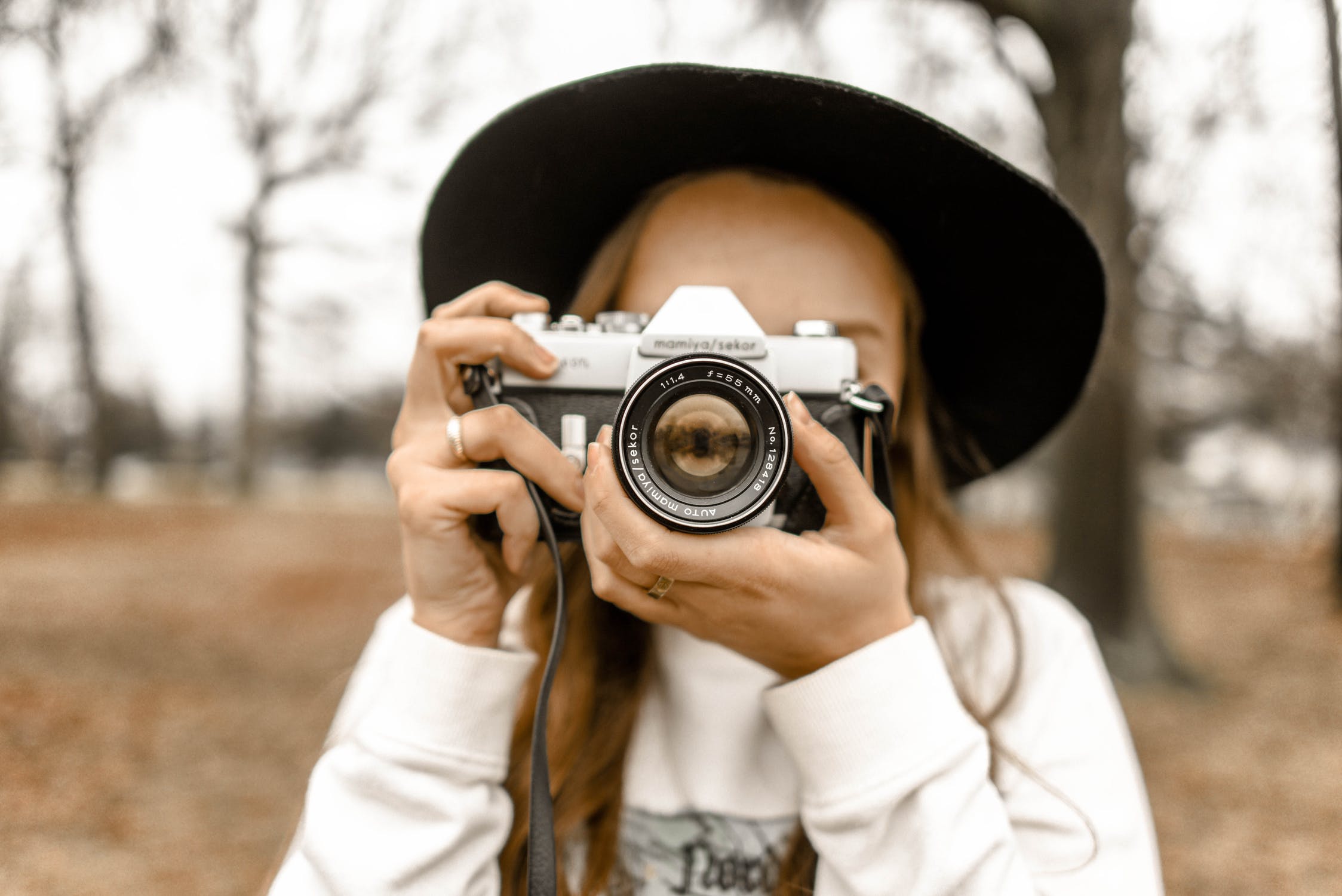Photography is slowly returning to the mainstream. The power of still images has been higher than ever before. Cameras are getting cheaper on one end of the spectrum, which makes them affordable and easily attainable.
On the other end of the spectrum, cameras are getting extremely complex and sophisticated, giving the photographer a brand-new set of tools to express themselves. Needless to say, these developments have prompted a boom in avant-garde photography. Here’s all you need to know about this style of photography and the tools you’ll need to get started.
What is Avant-Garde Photography?
Defining avant-garde is hard. It’s been hard ever since this genre first appeared in the world of arts. It’s important to understand that avant-garde isn’t just a style of photography. Avant-garde goes way beyond that.
Avant-garde is a French term that means advanced guard or vanguard. It’s a loose label that is often applied to those who step out of bounds, explore the unknown, and take their art out of the box. A good representation of modern avant-garde would be Jackson Pollock’s work. If you want something more mainstream, all you need to do is look at Andy Warhol’s pop art.
Warhol’s art has become a genre of its own, but before that, it was considered avant-garde. As far as photography goes, avant-garde implies the exploration of taboo, the restricted subjects, or simply using your camera in a different, unorthodox way.
The Gear
Every photographer, no matter which style they prefer, has to have the appropriate gear. The fact that mirrorless cameras are becoming the new norm has really opened the doors for a variety of tech and gear to become available.
That being said, it’s always a good idea to start with the basics. We recommend getting a mirrorless camera, but you could get away with an older DSLR. What you really need to be investing in are lenses. A wide angle prime or zoom lens is a must for any kind of serious photography. Nothing can replace the sharpness of a good piece of glass, nor a wide aperture range of quality lenses.
Despite the fact that avant-garde photography is often abstract with its subjects, the technical side still requires the same level of quality as any other genre of photography.
If you’re running a full-frame mirrorless rig like the Sony A7III, you’ll also want to look into decent image stabilization and maybe even autofocus in your lenses.
Push the Limits in Your Own Way
With the gear sorted out, it’s time for you to step out of the mainstream and become that cutting edge of photography. But, how are you supposed to do this? That’s a good question.
Photography as a technique, or mastery of equipment and scenery, can be taught through lessons and courses. However, this conventional knowledge will only build a solid foundation of what it means to be a photographer. To become a part of the avant-garde, you’ll need to make that last step without guidance. Most of the movers and shakers in the avant-garde world were the people with unique visions and outlandish approaches to known or unknown subjects.
Unfortunately, being unique and having a vision is not something that can be learned from a book. You need to find a subject that intrigues you and then try to gain an insight into that subject through the lens of your own persona. Find something that drives you and work with it.
The Floating Definition of Avant-Garde
If you’ve just read the above section and are now wondering how to become the next Laszlo Moholy-Nagy, don’t be. One of the best things about avant-garde photography, or the movement itself, is that its definition keeps changing. Remember, the core of avant-garde is innovation and stepping outside the comfort zone of the mainstream. Moholy-Nagy may have birthed the modern avant-garde photography movement, but he was a product of his own time.
Where Maholy-Nagy captured the essence of the human form through the eyes of an unconventional photographer, many others dedicated their time to get a still of contemporary industrial society. Avant-garde is everywhere, and you need to find what it means to you as a photographer living in this year, in your country.
The key to any form of photography, including avant-garde, is to snap that first shot, make that first move. Pace yourself and find a tempo that works for you. Understand that each photograph you take is a piece of a large puzzle that will ultimately reveal your direction and your own ‘Funkturm Berlin’.







